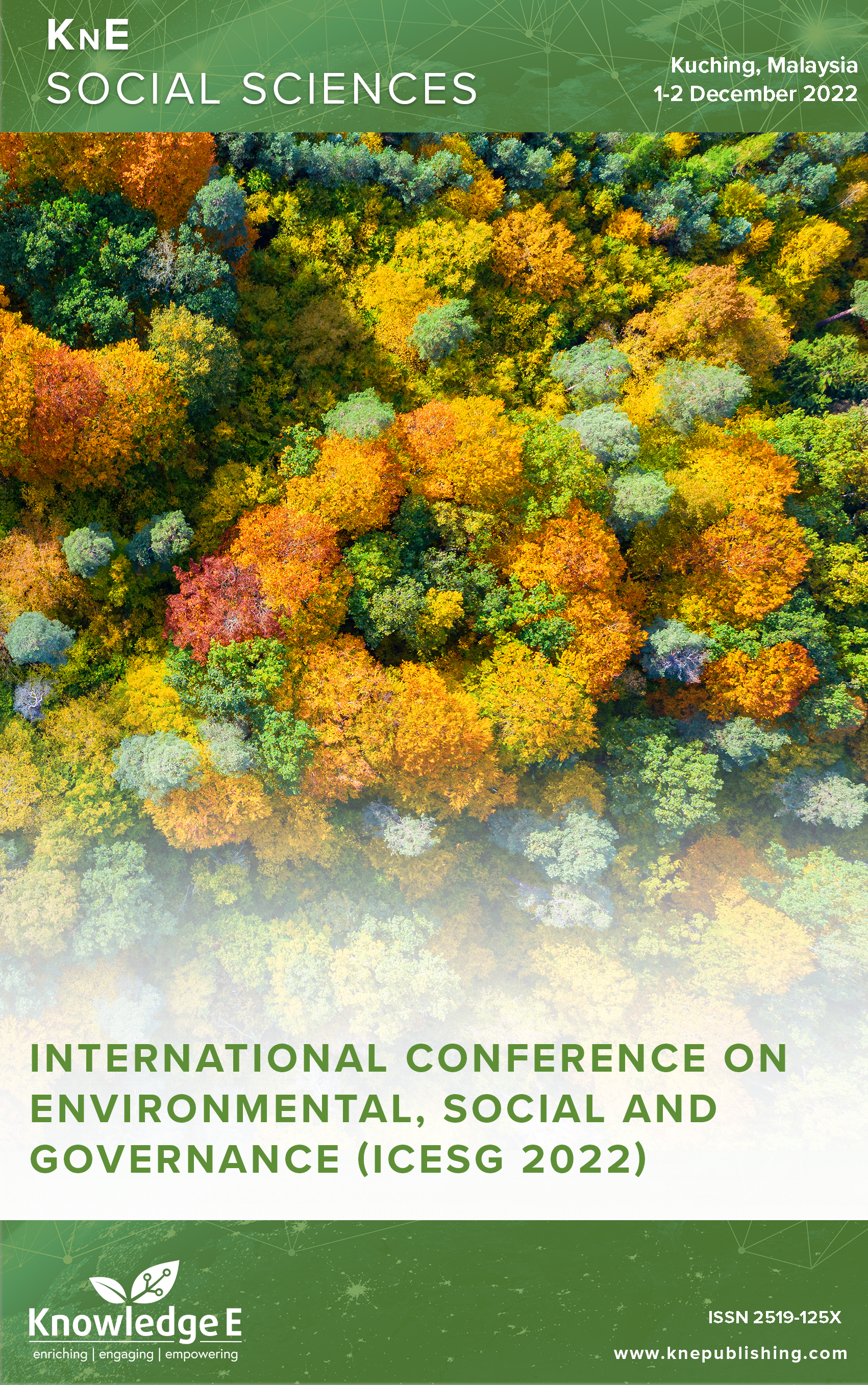An Investigation into the Critical Reading Skills of Engineering Students at 2 Private Universities in Malaysia and Vietnam
DOI:
https://doi.org/10.18502/kss.v8i20.14628Abstract
This study compares the critical reading proficiency of engineering students from two private institutions in Malaysia and Vietnam. It examines the degree to which PISAbased critical reading test scores of first- and final-year students vary. 182 engineering students, including 86 Malaysian and 96 Vietnamese undergraduates, were involved in this project. Descriptive and quantitative analyses were performed on the data. According to the findings, most students at two universities exhibited moderate critical reading skills. Moreover, the study’s outcomes revealed no substantial disparities between the critical reading levels of the final year Malaysian and Vietnamese students. By contrast, the performance of first-year students at two universities varied significantly on some test items. Some considerations regarding the selection of Western-based texts and the use of open-ended questions in the PISA reading test that might cause difficulties for Eastern students are also demonstrated in this study.
Keywords: critical reading, Pisa 2018 reading assessment, engineering students, higher education
References
[2] Ghanizadeh A, Al-Hoorie AH, Jahedizadeh S. Higher order thinking skills in the language classroom: A concise guide. Springer. 2020. https://doi.org/10.1007/978-3- 030-56711-8
[3] Le HV, Chong SL, Wan R. Critical reading in higher education: A systematic review. Thinking Skills and Creativity. 2022. https://www.sciencedirect.com/science/article/pii/S1871187122000311
[4] OECD. PISA 2018 results (volume II): where all students can succeed. OECD 9264832351. 2019.
[5] Barnett R. A curriculum for critical being. The Palgrave handbook of critical thinking in higher education. Springer. 2015. pp. 63–76.
[6] M. M. Khodary and M. M. AbdAllah. Using a WebQuest model to develop critical reading achievement among languages and translation department students at Arar College of education and arts. 2014;3(11).
[7] Ten Dam G, Volman M. Critical thinking as a citizenship competence: Teaching strategies. 2004; 14(4):359-379.
[8] Zin ZM, Wong BE, Rafik-Galea S. Critical reading ability and its relation to L2 proficiency of Malaysian ESL learners.2014;20(2).
[9] PISA. results (volume III): What school life means for students’ lives. ed: Paris: OECD. 2019.
[10] PISA. PISA 2015: Results in focus. 2016.
[11] Bodewig C, Badiani-Magnusson R, Macdonald K, Newhouse D, Rutkowski J. Skilling up Vietnam: Preparing the workforce for a modern market economy. World Bank Publications. 2014. https://doi.org/10.1596/978-1-4648-0231-7.
[12] Spaull N. Who makes it into PISA? Understanding the impact of PISA sample eligibility using Turkey as a case study (PISA 2003–PISA 2012). 2019;26(4);397-421. https://doi.org/10.1080/0969594X.2018.1504742
[13] OECD. PISA 2018 results (volume I): What students know and can do. OECD. 2019.
[14] Le HV, Chong SL, Wan R. A conceptual paper on the impact of culture on critical reading skills of engineering students in Asian higher education context.2021 13th International Conference on Education Technology and Computers. 2021:334-339.
[15] Arici Ö, Altintas Ö. An investigation of the PISA 2009 reading literacy in terms of socio-economical backgrounds and receiving pre-school education “Turkey Example”. Ankara University Journal of Faculty of Educational Sciences. 2014;47(1):423–48.
[16] Batur Z, Alevli O. Evaluation terms of proficiency the PISA reading comprehension of reading skills course. Research in Reading & Writing Instruction. 2014;2(1):22–30.
[17] Sasha J. Education and international competitiveness. University of Canterbury, College of Education, Health and Human Development. 2015.
[18] Kay K, Greenhill V. Twenty-first century students need 21st-century skills. Bringing schools into the 21st century. Springer. 2011:41–65.
[19] HA Dang, P Glewwe, K Vu, and J Lee. What explains Vietnam’s exceptional performance in education relative to other countries? Analysis of the 2012 and 2015 PISA data. 2021. https://doi.org/10.2139/ssrn.3841896
[20] Parandekar S, Sedmik E. Unraveling a secret: Vietnam’s outstanding performance on the PISA test. World Bank Policy Research Working Paper, no. 7630. 2016. https://doi.org/10.1596/1813-9450-7630
[21] Brianna LY, Karla KM, James RB. Exploring the role of language-related neural specialization in early reading skill development. EasyChair. 2020: 2516-2314.
[22] Hidayati M, Inderawati R, Loeneto BJ. The correlations among critical thinking skills, critical reading skills and reading comprehension.2020;9(1):69-80. https://doi.org/10.25134/erjee.v9i1.3780
[23] Faul F, Erdfelder E, Buchner A, Lang AG. Statistical power analyses using G* Power 3.1: Tests for correlation and regression analyses. 2009;41(4):1149-1160.
[24] Abd Kadir N, Subki R, Jamal F, Ismail J. The importance of teaching critical reading skills in a Malaysian reading classroom. International Academic Conference. 2014:208-218.
[25] Sana A. Critical reading strategies among English literature students at a Malaysian institute of higher learning. Islamic University Malaysia. 2019.
[26] Z Mohd Zin, W Eng, and S Rafik-Galea, Critical reading ability and its relation to L2 proficiency of Malaysian ESL. 3L: The Southeast Asian Journal of English Language Studies. 2014;20:43-54.
[27] Atkinson D. A critical approach to critical thinking in TESOL. 1997;31(1):71-94. https://doi.org/10.2307/3587975
[28] Zin ZM, Eng WB. Relationship between critical thinking dispositions and critical reading skills of Malaysian ESL learners. 2014;16(3):41-68. DOI

